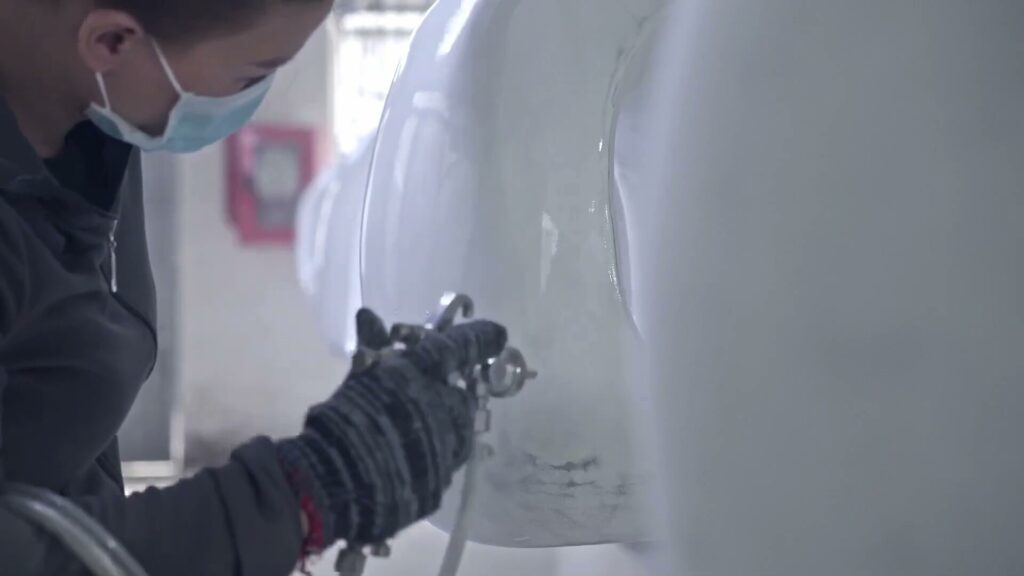In the ever-evolving landscape of material science, fiber-reinforced materials have emerged as a game-changer, blending strength, versatility, and lightweight properties into a single package. From aerospace to automotive industries, and even in everyday consumer goods, these materials are shaping the future of engineering and design. But what exactly are fiber-reinforced materials, and why are they so revolutionary? Let’s dive in.
Fiber-reinforced materials are composite materials made by combining a matrix (usually a polymer, metal, or ceramic) with fibrous reinforcements. The fibers, often made of materials like carbon, glass, or aramid (e.g., Kevlar), provide exceptional strength and stiffness, while the matrix binds the fibers together, transferring loads and protecting them from environmental damage. This synergy creates a material that outperforms its individual components, offering a balance of durability and flexibility that’s hard to beat.
Think of it like reinforced concrete: the steel rebar provides tensile strength, while the concrete holds everything together. Similarly, in fiber-reinforced composites, the fibers act as the backbone, and the matrix serves as the glue.
The beauty of fiber-reinforced materials lies in their diversity. Depending on the application, different fibers and matrices can be combined to achieve specific properties. Here are some of the most common types:
The rise of fiber-reinforced materials isn’t just a trend—it’s a response to modern engineering challenges. Here’s why they’ve become indispensable:
Fiber-reinforced materials are everywhere, often in places you might not expect. In aerospace, they’ve reduced aircraft weight, boosting fuel efficiency and cutting emissions. In the automotive world, electric vehicles use them to offset heavy battery packs while maintaining structural integrity. Even in sports, carbon fiber has revolutionized gear, giving athletes an edge with lighter, stronger equipment.
One standout example is the Boeing 787 Dreamliner, which uses CFRP for over 50% of its primary structure. This not only makes the plane lighter but also allows for higher cabin pressure and humidity, improving passenger comfort on long flights.
Despite their advantages, fiber-reinforced materials aren’t without hurdles. High production costs, especially for carbon fiber, limit their widespread adoption. Manufacturing can also be complex, requiring precise control over fiber alignment and matrix curing. Plus, recycling composites remains a challenge, though innovations like thermoplastic matrices are starting to address this.
Looking ahead, the future is bright. Advances in nanotechnology are leading to even stronger fibers, while 3D printing is making custom composites more accessible. Researchers are also exploring bio-based fibers and resins, aiming to make these materials fully sustainable.
Fiber-reinforced materials represent a perfect marriage of science and engineering, offering solutions that are as strong as they are innovative. Whether it’s enabling faster cars, greener buildings, or safer planes, their impact is undeniable. As technology continues to evolve, these composites will likely play an even bigger role in shaping a lighter, stronger, and more sustainable world.
So, the next time you marvel at a sleek sports car or a soaring jet, remember: fiber-reinforced materials might just be the unsung heroes behind the scenes.


